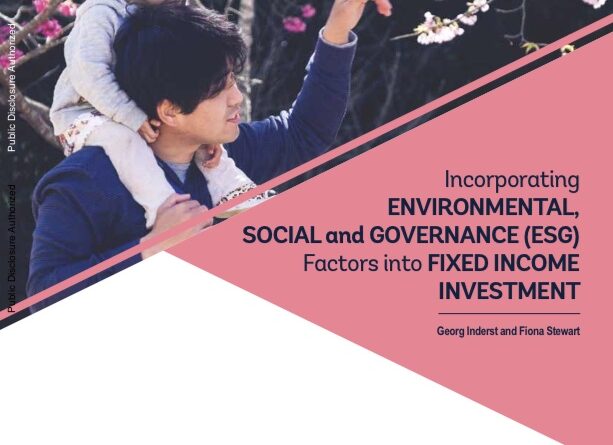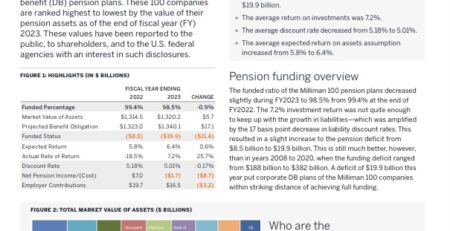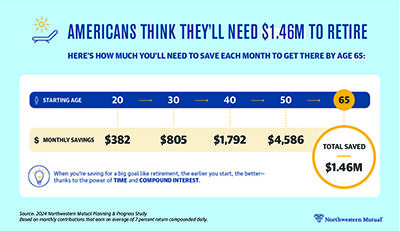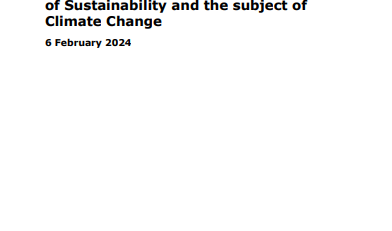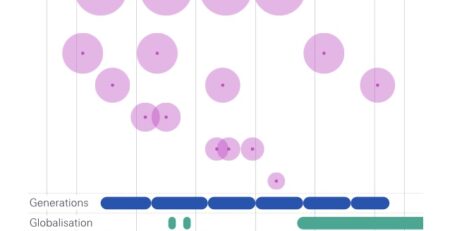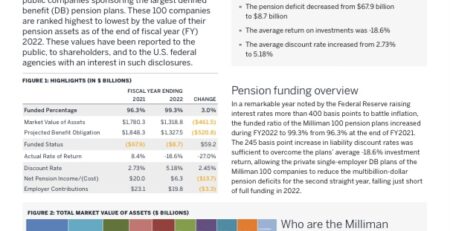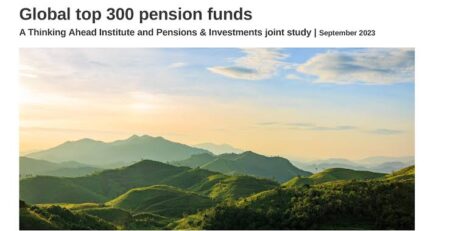Incorporating Environmental, Social and Governance (ESG) Factors into fixed income investment
By The World Bank Group
A growing body of research shows that
Environmental, Social and Governance
(ESG) factors are material credit risk for fixed income investors. The evidence suggests that incorporating ESG into fixed income investing should be part of the overall credit risk analysis and should contribute to more stable financial returns.
Its also dispels the myth that incorporating ESG means having to sacrifice financial returns. ESG investing is increasingly becoming part of the mainstream investment process for fixed income investors, as opposed to a specialist, segregated activity, often confined to green bonds.
Though fixed income has its own challenges with integrating ESG issues, it is catching up fast with the equity space (particularly corporate and supranational bonds but less – so far – sovereign issuers, asset- backed or private debt). Leading investors are going further and viewing ESG not just as an aspect of risk and return, but merging ESG and ‘impact’ investing.
This includes measuring the impact of their portfolios on targeted environmental and social outcomes, and beyond, such as mapping impact using the Sustainable Development Goals (SDGs).
Different methods for applying ESG are being adopted by fixed income investors: from purchasing ‘labelled’ (green, social, and/or sustainable) bonds and setting up or investing in ESG/SRI (Socially Responsible Investment) funds; to following ESG indices; to hiring ESG active managers; to incorporating and embedding ESG across the whole investment process. This can be done by either following the methodology of different external service providers and /or by customizing such products with the institutional investor’s own philosophy and goals.
Yet, many investors find implementing ESG in practice a challenge, which can be exacerbated when it comes to their fixed income portfolios. There are still no standard definitions of ESG – with diverse views particularly in the ‘social’ area. Data – though improving and coming from increasingly varied sources – is still wanting particularly in emerging markets. In fixed income, there are additional issues such as how to pursue engagement with issuers (particularly sovereigns), the role ESG plays in credit ratings, the lack of choice of indices compared to the equity space, as well as a dearth of specific ESG-focused products. There are also challenges in the green bond markets with demand outstripping supply.
Conceptual work on ESG and fixed income also needs to go beyond credit risk (such as the relationship of ESG issues with liquidity and other market risks).
Read report “here”

